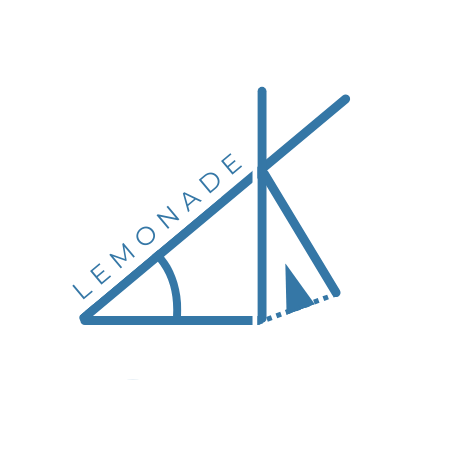News
Classes just started again. I've been thinking about proteins in my research and preparing for grad apps.
Latest Posts
[August 29, 2025:] Economics of Efficiency
[June 6, 2025:] A New Era
[June 6, 2025:] Bourgain's Problem Resolved!
Notes
Started taking live LaTeX notes in classes again. I might be uploading stuff soon!
Sea 🌊
This is something I'm working on!
Orange Juice
Now my "professional" website.
Mlog
Homotopy Theory of Cell Spaces
September 10, 2024
By Aathreya Kadambi
Expanding on Lectures by Professor Alexander Givental and Fomenko and Fuchs
Outside of Fomenko and Fuchs, I think it is more common to say that a pair has a homotopy extension property rather than say it is a Borsuk pair.
In any case, we call a Borsuk pair if the following problem can always be solved: given a homotopy and an initial condition , we can extend these to a homotopy which agrees with and , namely:
In other words, a Borsuk pair is one where we can extend homotopies. It turns out that we have the best case scenario:
Borsuk’s Theorem. Every CW pair is a Borsuk pair.
“Full glass retracts to the empty glass”, that’s how we fill in the glass.
Basically he’s covering section 5.5 of the book.
Now he’s doing the corollaries.
The point of defining the CW pairs and borsuk pairs like this and it doesn’t just hold for all pairs is that there may be a pathological counterexample, although he doesn’t have one on hand.
Cellular approximation of maps. Started by defining cellular maps, then made the cellular approximation theorem.
He first started proving the relative form of the theorem. He drew two lines for 0 and 1 corresponding to and , and then noted that will just go to in both or something.
Free point lemma is so that we can get the free point. At each stage we need to use the free point lemma which he hasn’t proved yet.
Something about 7 or 5 balls but he thinks you’re able to get away with 3.
This thing was we take the interior of this other shape and consider it as homeotopically equivalent to all of .
Now proving the Free point lemma. Has some ball and preimage of it is . We can take two more “subballs” of , and , and their preimages are subshapes of , called and . We then use the Stone-Weierstrass Approximation Theorem t oapproximate it by polynomials. where
What he wants is to first of all improve the approximation so that it coincides with outside of . Defined: where is basically our function defiend on the s but defined on the s? Now the map sends: because we can make the margin exceeding the change made or something.
Now he used Sard’s Lemma to discuss that had zero measure.
So he thinks three balls is enough.
Applications. , , , .
is called -connected if is homotopic to a constant map .
Examples:
- 0-connected means path connected,
- 1-connected is another term for simply connected (path connected and every loop is contractible)
Proposition. Any -connected CW-complex is homotopy equivalent to a CW-complex such that .
Proof by induction on .
The argument is somewhat similar for both the base and the step, as long as you use some imagination. We can think of as a boquet of zero-dimensional spheres. Path connected, so we can connect them with . This path can be pushed to the -dimensional skeleton. Later inductively he said smth like the -skeleton of is a boquet of -dimensional spheres. Something about legitimately being an dimensional cell because its boundary lies in the -dimensional skeleton.
Apparently the idea is pretty simple and the images are very transparant on its own. He was going to assign one of these proofs as homeworks but it’s very visual. This is very important for the course so you’ll bet I’m going to OH lol 💀.
There is some important idea of “pushing” but not sure.
